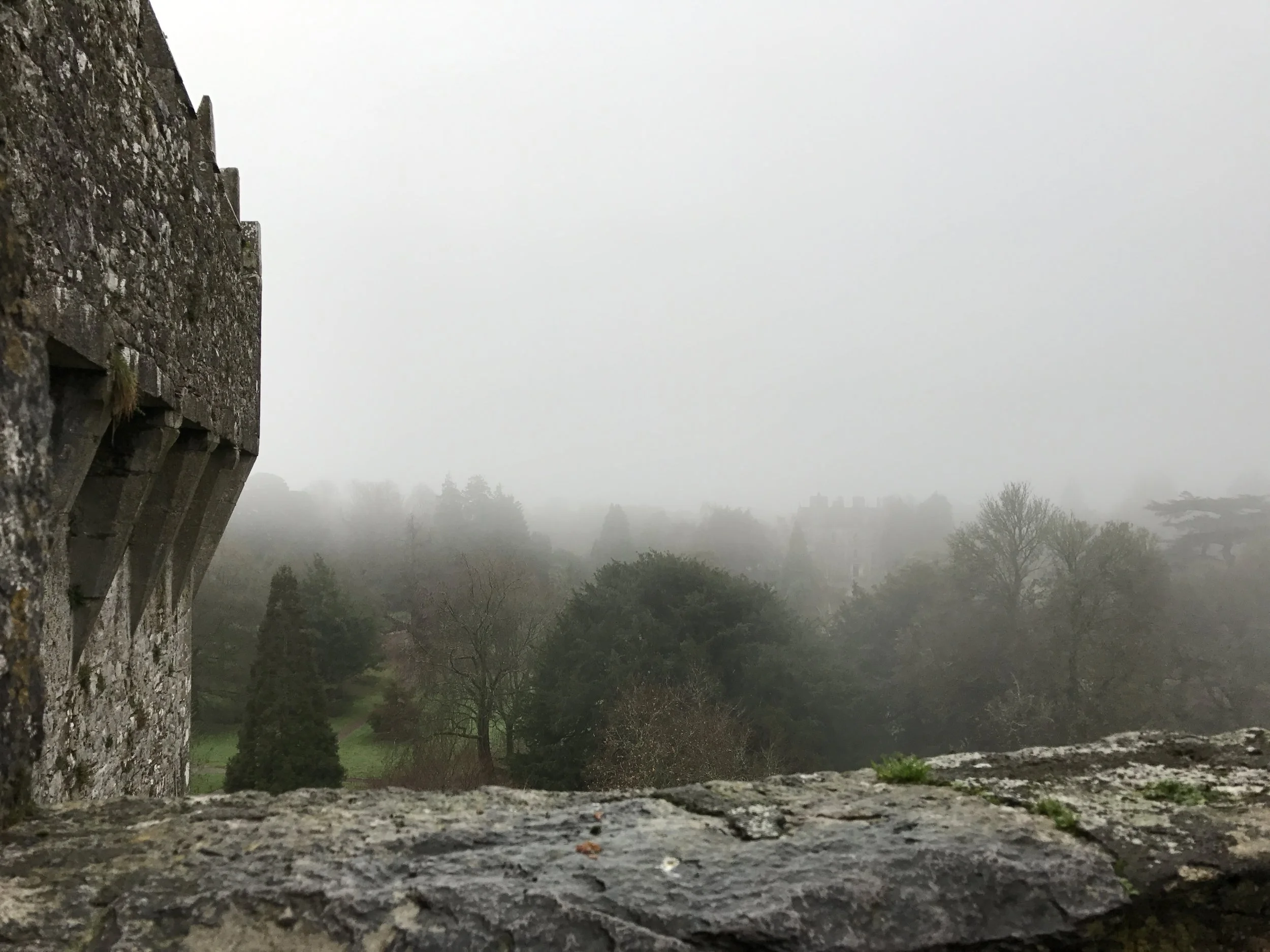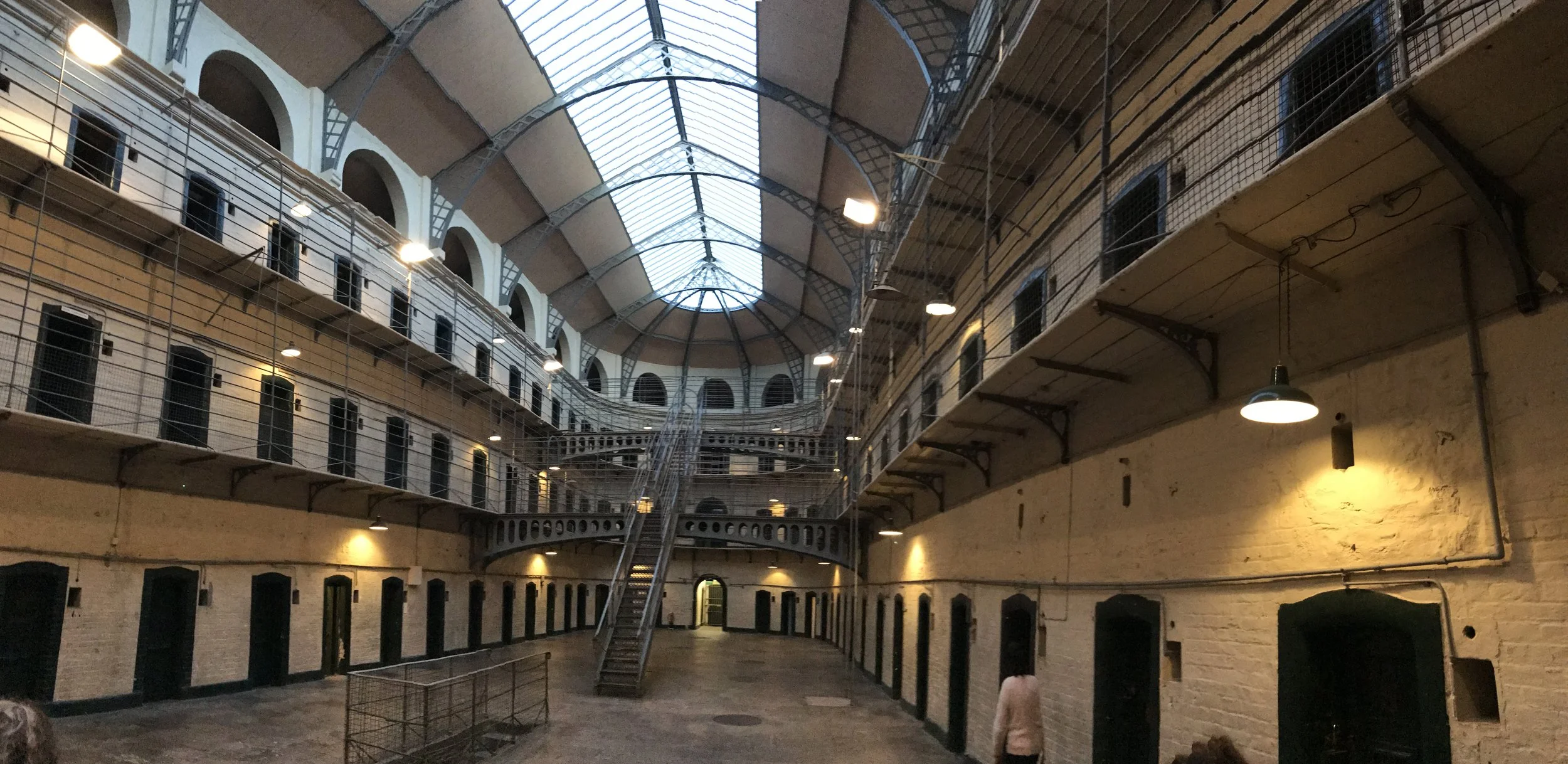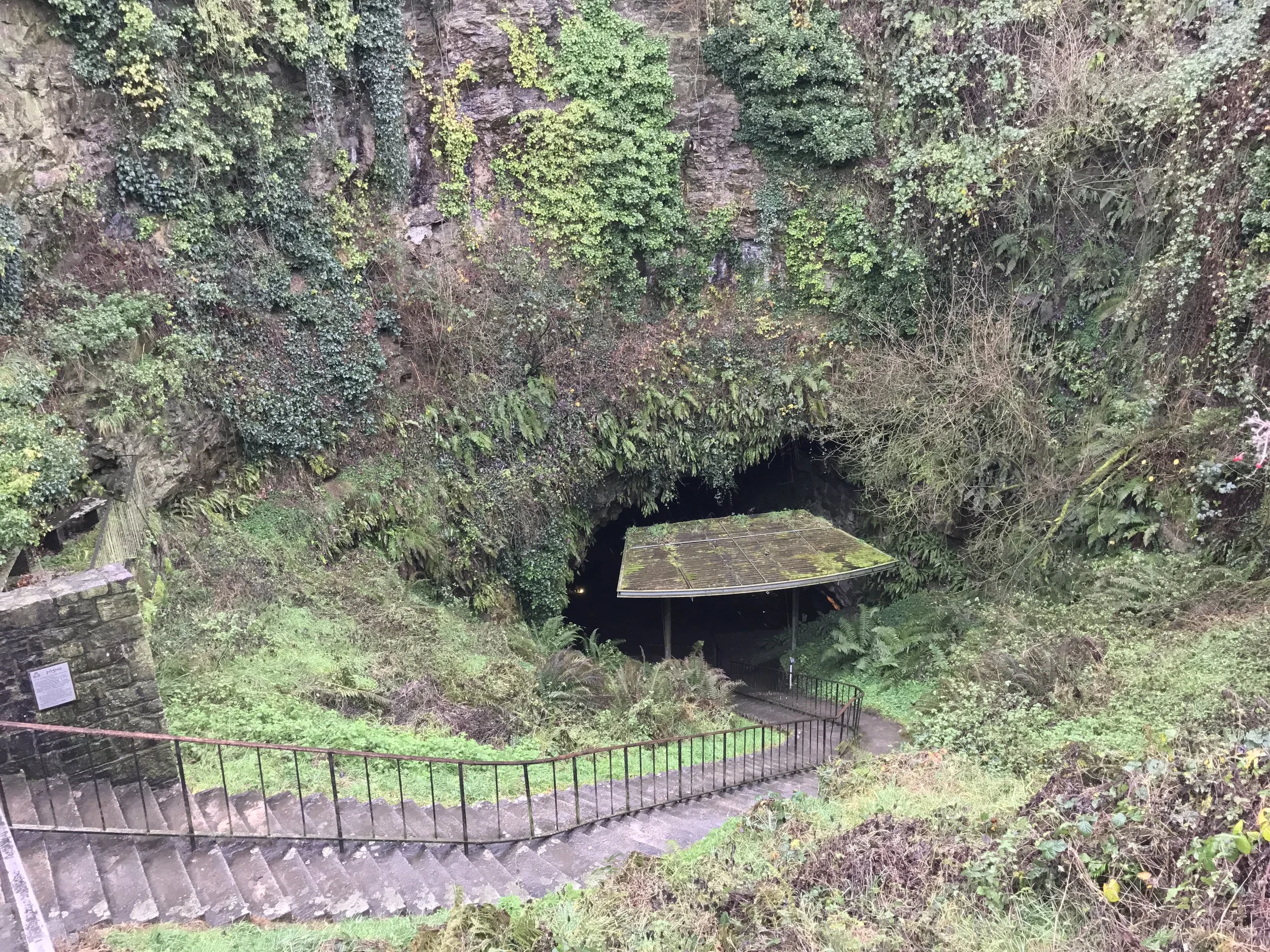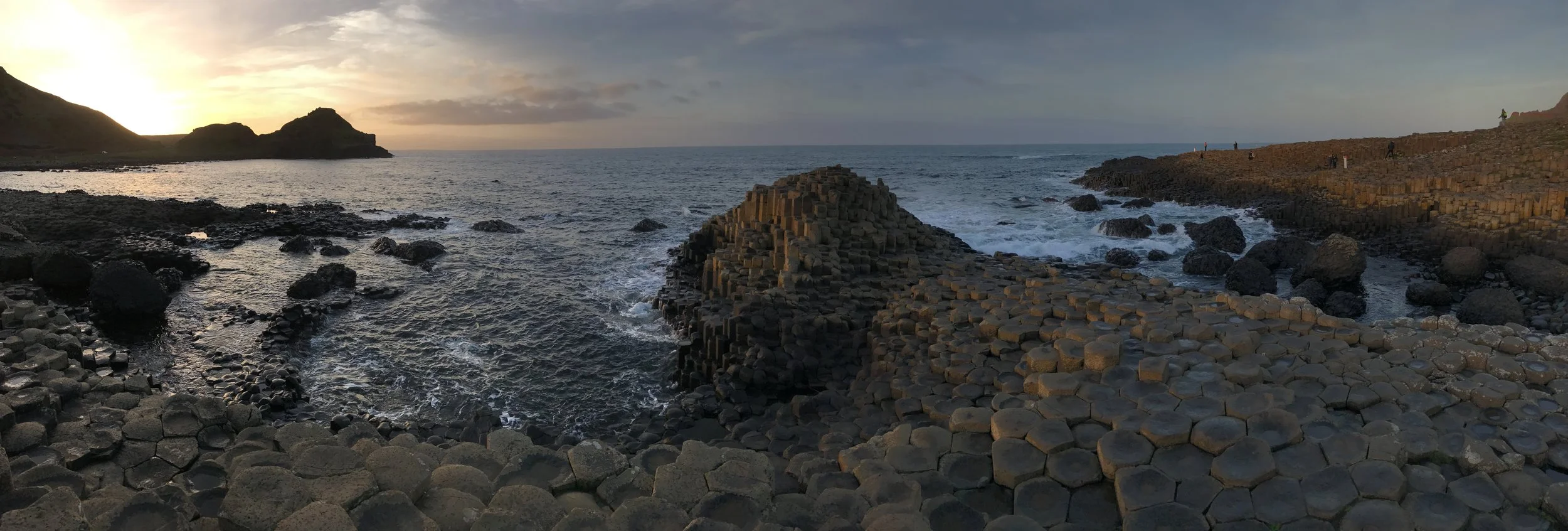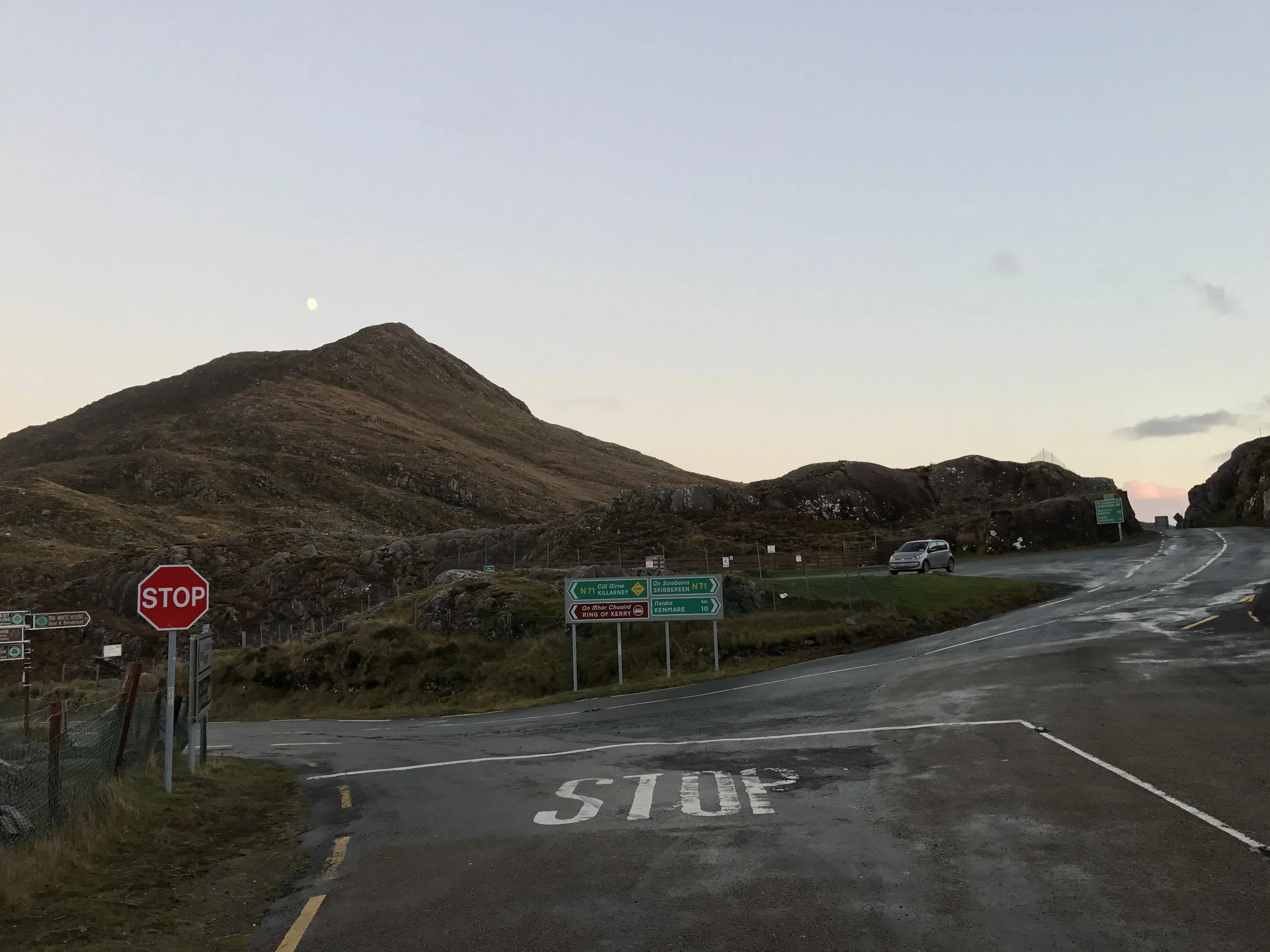With over thirty thousand castles and castle ruins strewn throughout Ireland, the emerald isle is one of the best places to experience medieval architecture, and marvel at the fortifications of feudal time. Out of all the castles in Ireland, ruined or otherwise, the most famous castle is Blarney Castle, just outside of Cork. Unquestionably, Blarney Castle is one of Ireland’s top tourist attractions, along with the Giant’s Causeway and the Cliffs of Moher. Unlike those two locations, Blarney Castle itself is a small area with a number of other attractions.
Kilmainham Gaol
While much of Dublin, and Ireland is full of light and music, there are darker places that represent the formation and history of Ireland as a whole. First among those is the Kilmainham Gaol, the central jail for Dublin from 1796 through 1924. While it was a jail, Kilmainham was also more than that - it was a central courthouse - and a site that is also linked to the Irish independence movement. From 1798 through 1916, the leaders of the various rebellions against British rule were imprisoned in Kilmainham Gaol, and in many cases, were executed within the walls of the jail. In addition to the many revolutionaries that were held in Kilmainham, the jail held many thousands of inmates throughout the years, including one as young as seven. While it was a seat of power, repression, and inequality for many years, Kilmainham eventually turned into a location that served as a rallying point for the Irish independence movement after fourteen members of the Easter Rising, including the wounded James Connolly were executed by firing squad in 1916. Today, Kilmainham is the largest abandoned jail in all of Europe, and is one of the most popular museums in all of Dublin.
Newgrange (Bru na Boinne)
Even though the Pyramids in Egypt, Macchu Picchu in Peru, and Angor Wat in Cambodia receive attention as some of the oldest structures on Earth, and rightfully so, there are other locations around the planet that are just as impressive, and just as mysterious. Out of all of these spots, it should come as no surprise that many of these structures are located in Ireland, and one of them, Newgrange, is considered one of the most important megalithic structures in Europe. Like the Poulnabrone Portal Tomb, the site at Newgrange is also a tomb, but is considered a passage tomb that was constructed at a similar time - items at Poulnabrone were dated at around 4200 B.C., and Newgrange was reportedly constructed around 3200 B.C., well before the construction of Stonehenge, and the aforementioned pyramids.
Mahon's Rock
No matter what country one is in, there are always locations that have changed the direction of history. Some of these locations, like Gettysburg and Waterloo are well-known, and well visited. Other locations, like Mahon’s Rock in Ireland, are hardly visited, but are equally important. One of the most important historical figures in Ireland is Brian Boru, who became high king of Ireland in the late 900’s, before being killed at the Battle of Clontarf in 1014. However, what is not well-known is that Brian’s rise was predicated on the killing of his brother, Mathgamain (Mahon), who was, prior to his death, Brian’s leige, and the King of Munster. While Irish medieval history is complex, what is known is that in 976, Mahon was betrayed at a meeting that he thought would be with the Bishop of Cork, and kidnapped. Once kidnapped, he was brought to a remote location - Mushera Mountain - far from his base of power - and killed on the rock that remains to this day. In order to avenge his brother, Brian started a series of campaigns that ended with him ruling Ireland, and occupying his fateful place in history - things that would not have happened without the actions that occurred on a remote mountain on a remote rock.
Dunmore Cave
Unless one is an avid spelunker, one does not think of caves when one thinks of Ireland. However, the island is actually a location with a number of interesting geological features, including a number of caves that can be explored by a casual traveler. Generally, most of the caves in Ireland are known as “Show Caves”, which means they are operated by either a onsite concessionaire, or the government, and access is regulated via guided tours. While there are caves one can explore on one’s own, most notably in the Burren region, these caves are the purview of actual cavers, not casual tourists. Out of all of the caves in Ireland, there is only one cave that was the actual site of a mass murder, and that is Dunmore Cave.
Giant's Causeway
One of the most magical things about Ireland is that no matter where one goes in the country, that area is guaranteed to have a local legend of some sort. From Saints, to Holy Wells, to ghosts, monsters, the Devil himself, sprites, fairies, leprechauns and more, the land is inhabited by magical creatures and secret portals to other magical realms. And, with many places of otherworldly scenery, even if you are a non-believer, it is easy to see how such myths, legends, and stories came about. Out of all of these places, however, there is only one spot where one can visit where two giants battled, or depending on the account, where one giant tricked another, and that is the Giant’s Causeway in Northern Ireland.
How to drive like a boss in Ireland
Ireland. The Emerald Isle. Home of Saint Patrick, Guinness, Jameson’s, the Blarney Stone, fine music and literature and much more. And from the Giant’s Causeway in Northern Ireland to the Cliffs of Moher and everything beyond, Ireland is one of the most scenic countries in the world. While Ireland can be explored without a car through a variety of ways, having a car allows one the freedom and latitude to stop at that quaint roadside pub; to see the abandoned ruins without other people, let alone tourists; and to experience everything the country has to offer. Keeping that in mind, like any foreign country, Ireland has a number of rules in both obtaining a rental - and driving that rental that differ greatly from much of the world. For starters, unless one is from the United Kingdom, New Zealand, India, Australia, Japan, or parts of southern Africa, the concept of driving on the left side of the road is completely foreign. But never fear - below, I’ll cover the basics of how to properly obtain a rental, and how to drive it before concluding with some helpful tips related to driving in Ireland that will leave even novice driver’s feeling like an expert.


